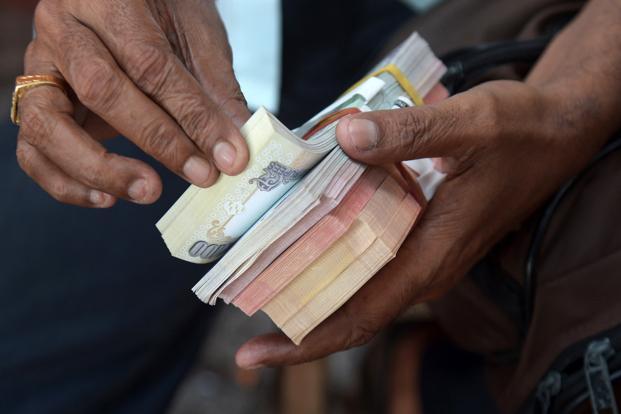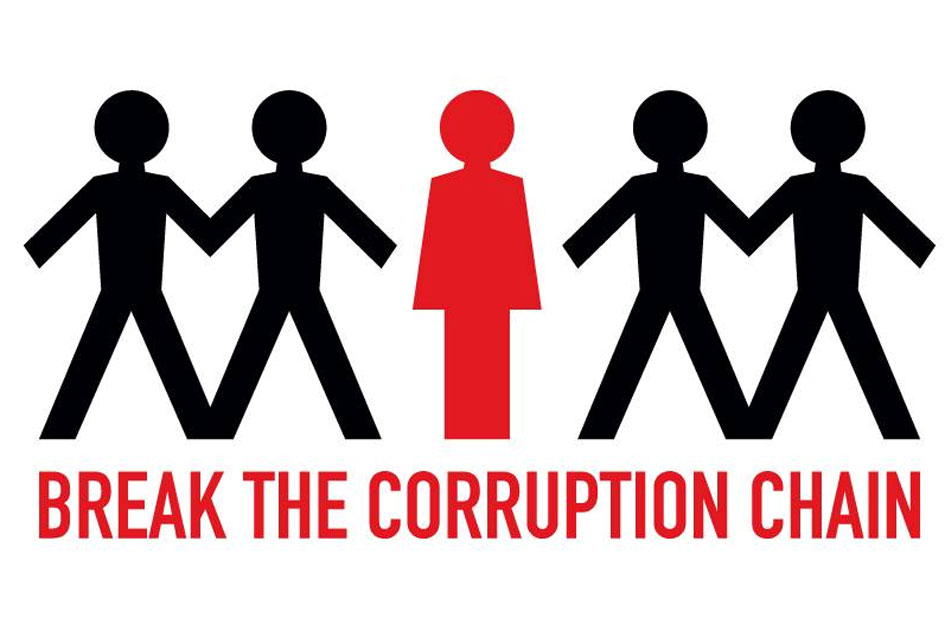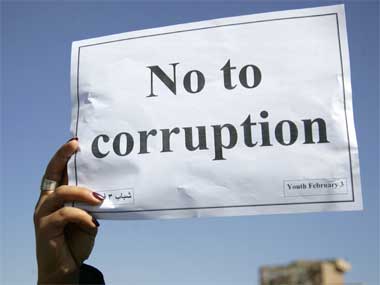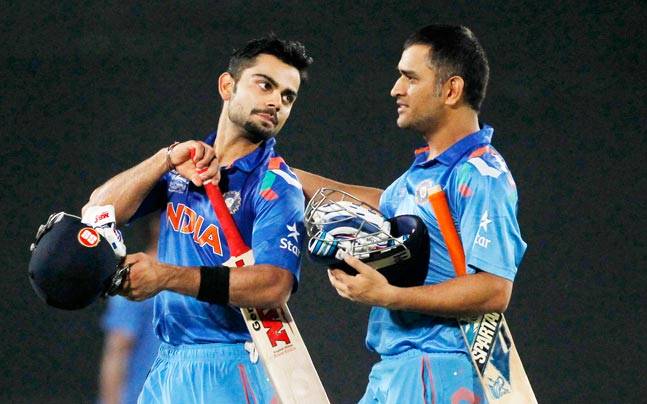Corruption is a serious concern and Modi govt. has taken the bold step of demonetization to tackle this problem; however, how much impact it made is yet to be seen. As of now, here’s a study which tells us about the corruption levels prevailing in various states of India.
As per a study conducted in 20 states of India by Centre for Media Studies (CMS), the corruption level in public sector in the state of Karnataka is the highest in comparison to the other states.

On Thursday, CMS released its “CMS-India Corruption Study 2017” in New Delhi, which is the 11th part of its annual corruptions study. As per the survey, “77 percent of respondents” from Karnataka faced corruption in accessing public services. It states,
“This is followed by Andhra Pradesh (74 percent), Tamil Nadu (68 percent), Maharashtra (57 percent), Jammu and Kashmir (44 percent) and Punjab (42 percent).”
On the other hand, Himachal Pradesh and Kerala can be termed as the least corrupt states with 3 and 4 percent, respectively.
Over 3000 households from rural as well as urban areas took part in this survey and the time duration considered was the last one year. The states included in this study were West Bengal, Rajasthan, Maharashtra, AP, HP, Kerala, Bihar, Assam, Jharkhand, Punjab and others. The survey also gave an indication that there was, “a significant dip of 0 percent in the amount of bribe paid by citizens during 2016-17 as compared to the estimated amount in the previous round.”

Almost 43% were of the opinion that in the last one year, corruption has risen; however, the same opinion was held by 73 percent in 2005. It was also disclosed in the study that the public services where people face corruption the most are Public Distribution System (PDS), electricity, judicial services and police.
N Bhaskara Rao, the Chairman of CMS, said this on the release of the study, “We have been producing reports on corruption for many years. We wanted the NITI Aayog to take note of this, as they are the policy makers.”
The think-tank further stated,
“In 2005, the most corrupt states were Bihar (74 percent), Jammu and Kashmir (69 percent), Odisha (60 percent), Rajasthan (59 percent) and Tamil Nadu (59 percent).”
As per the study,
“Households have paid as low as INR 20 to get their ration in PDS shops or to get admission form from a government school and as high as around Rs 50000 for admission in a government school or to get an early date for hearing in their case in a court.”
CMS conducted a telephonic survey in the month of January to know public opinion regarding the effect of demonetization on the corruption level in public services in all the 20 states and the result was,
“More than half of the respondents felt the level of corruption decreased during that period while 12 percent opined that graft had increased in that period. 21 percent felt it had remained the same.”
Demonetization didn’t play a major part in the main conclusions as most of the survey was over before demonetization took place.

As per the chairman of CMS, the good thing is that there has been a dip in the level of perception of corruption but the factors responsible for corruption have “remained almost unchanged”, which is a sad story for a country that has completed 70 years of independence.





